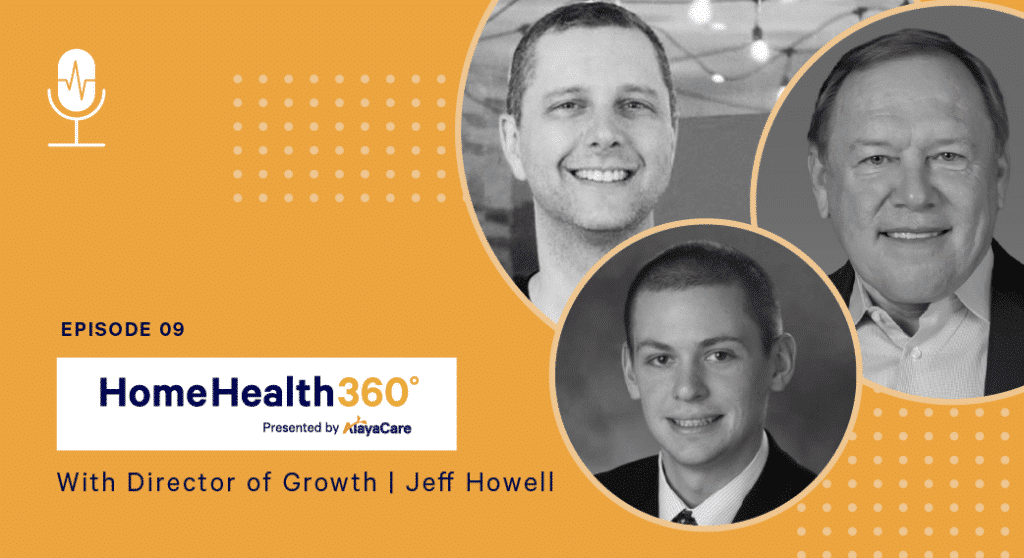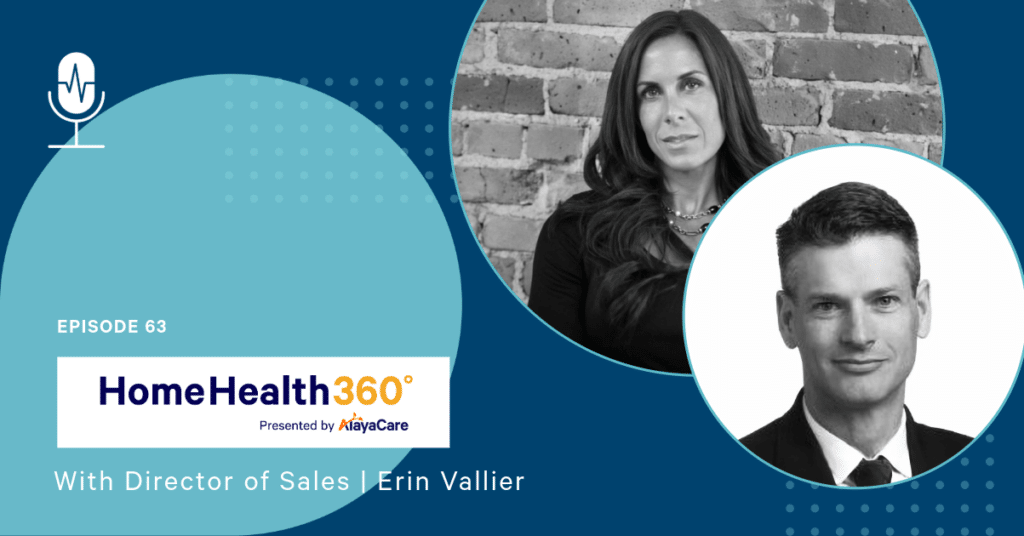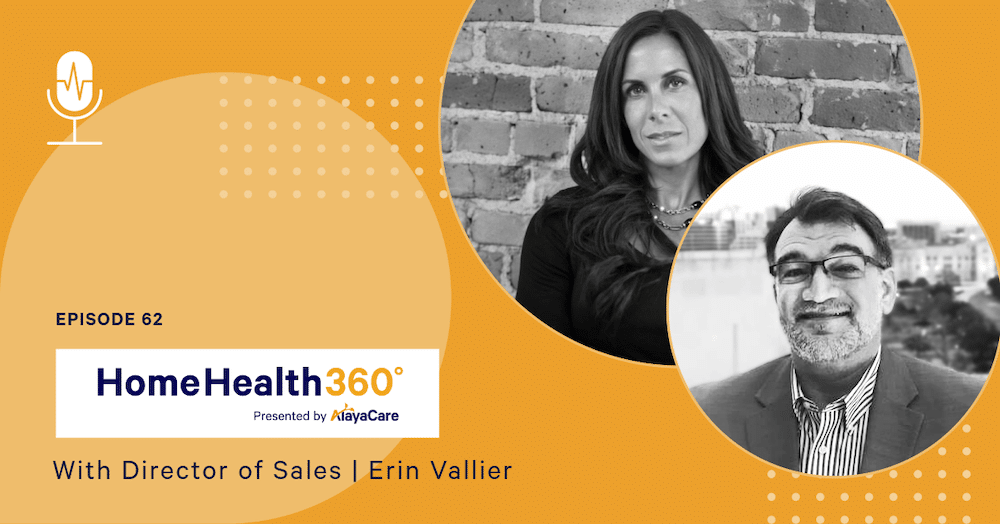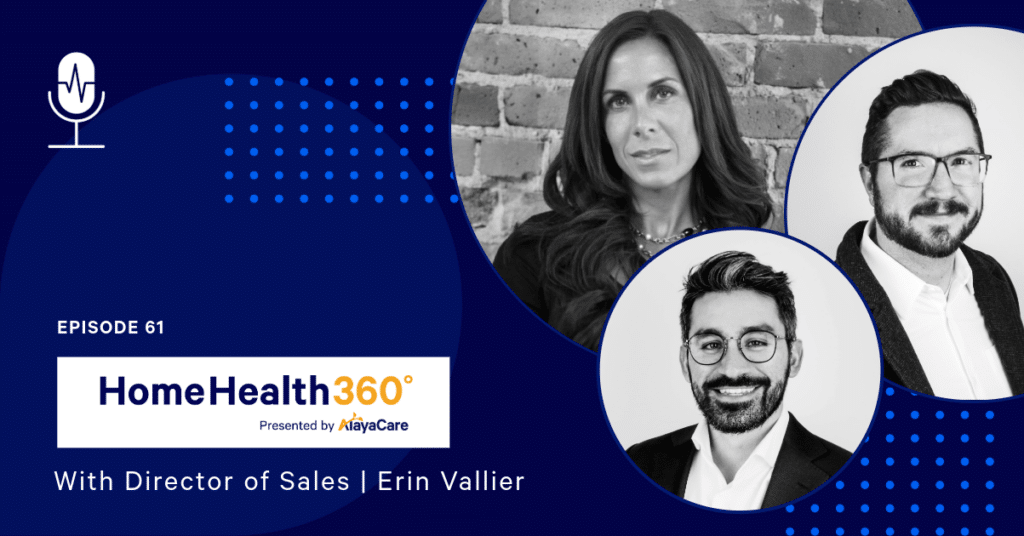Episode Description
In this episode, AlayaCare’s Erin Vallier sits down with John Kunysz, CEO of Intrepid USA and Andrew French, President of Get It Analytics to talk about personalizing the care-at-home experience.
John Kunysz shares his vast experience as a leader in the home healthcare space, expanding on how he uses technology to improve patient outcomes and create a future-proof home health agency. Together with Andrew’s in-depth knowledge of implementing technology, he explains the importance of investing in systems to personalize the patient, family, and employee experience.
Topics range from the benefits of pivoting to a remote workforce at Intrepid to technology’s role in personalizing care-at-home. This episode is jam-packed with actionable advice to take back to your agency.



